AP BC Calculus Formula Review
1/105
Earn XP
Description and Tags
This has all the formulas that we went over in class :) If I'm missing any just let me know!
Name | Mastery | Learn | Test | Matching | Spaced |
|---|
No study sessions yet.
106 Terms

Derivative Standard Form

Derivative Alternate Form
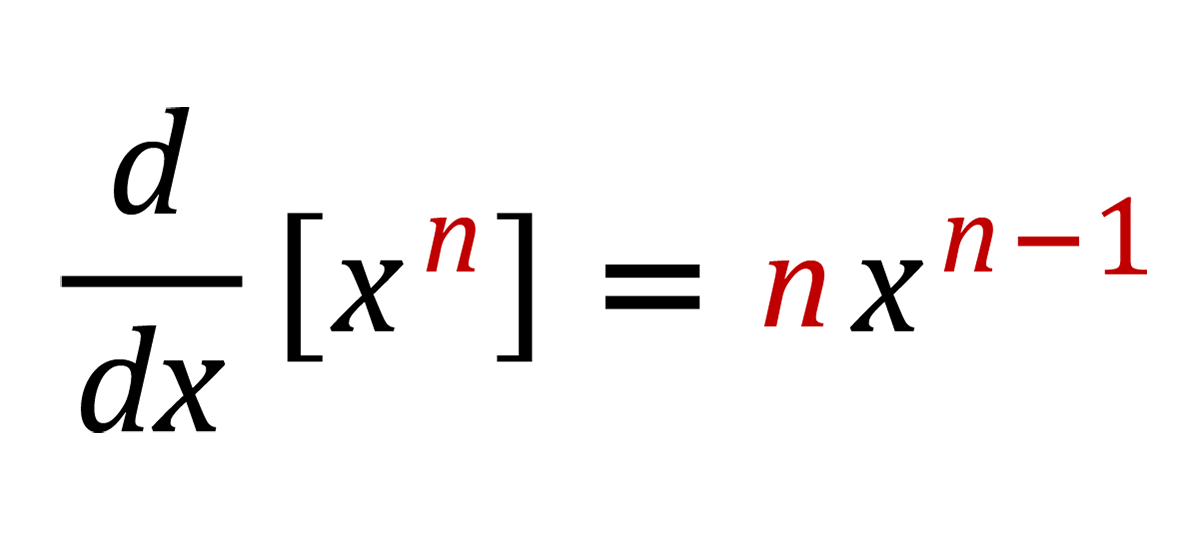
Power Rule

Product Rule
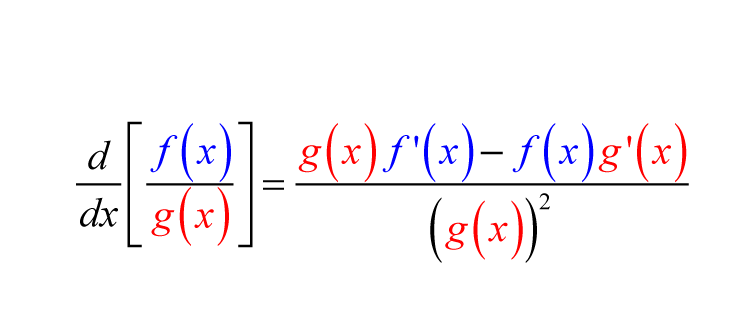
Quotient Rule

Chain Rule

Mean Value Theorem

Newton’s Method

Reiman Sums

Average Value of a Function

Compound Interest

Infinite Compound Interest

Euler’s Method
The growth of a population grows proportionately to the size of the population
Law of Exponential Growth

dP/dt = KP
Exponential Growth
dT/dt =K(T-To )
T=Ts + (To - Ts )ekt
Newton’s Law of Cooling
dP/dt = KP (1-P/L)
L= Carrying Capacity
P=L/(1+be-kt ) b= (L-P0 )/ P0
Logistics Formula
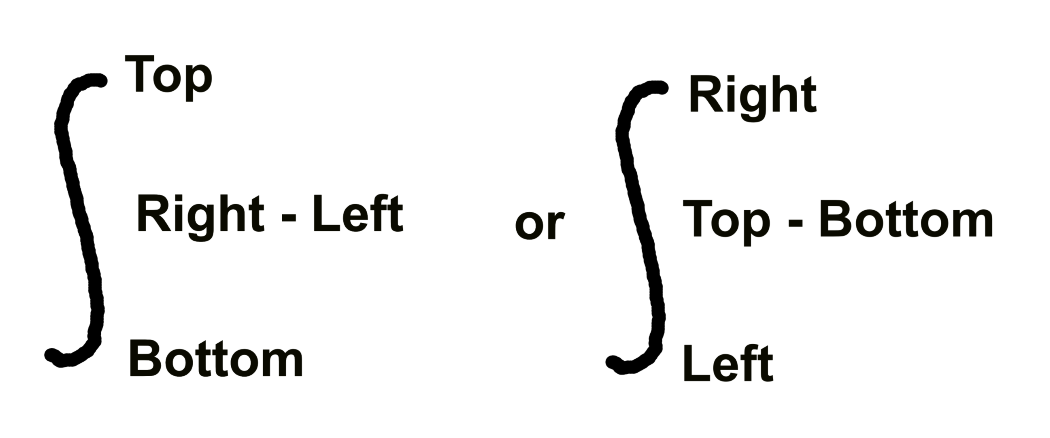
Area Between Curves
Volume

Arc Length

Surface Area
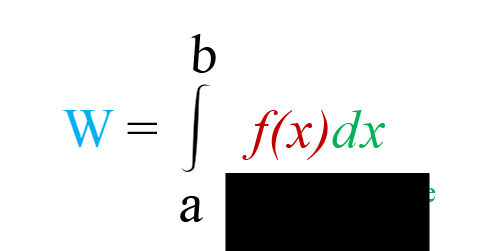
Work
Force= kd
Hooke’s Law
|velocity| =
Speed

Average Rate of Change
Instantaneous rate of change is
a derivative
Derivative of Position
Velocity
Derivative of Velocity
Acceleration
Antiderivative of Velocity
Position
Derivative of cos(x)
-sin(x)
Derivative of sin(x)
cos(x)
Derivative of tan(x)
sec2(x)
Derivative of sec(x)
sec(x)tan(x)
Derivative of csc(x)
-csc(x)cot(x)
Derivative of cot(x)
-csc2(x)
Derivative of y=ax
axln(a)
Derivative of f(x)= logax
1/(xln(a))
Derivative of ln(x)
1/x
Derivative of tan-1(x)
1/(1+x2)
Derivative of sin-1(x)
1/√(1-x2)
Derivative of sec-1(x)
1/(x√(x2-1))
Derivative of cot-1(x)
-1/(1+x2)
Derivative of cos-1(x)
-1/√(1-x2)
Derivative of csc-1(x)
-1/(x√(x2-1))
∫cos(x)dx
sin(x)+c
∫sin(x)dx
-cos(x)+c
∫tan(x)dx
-ln|cos(x)|+c
∫cot(x)dx
ln|sin(x)|+c
∫sec(x)dx
ln|sec(x)+tan(x)|+c
∫csc(x)dx
-ln|csc(x)+cot(x)|+c
∫axdx
ax/ln(a) +c
∫1/√(a2-x2)dx
sin-1(x/a) +c
∫1/(a2+x2)dx
1/a tan-1(x/a) +c
∫1/√(a2-x2)dx
1/a sec-1(|x|/a) +c
sin2(x)+cos2(x)=1
1+tan2(x)=sec2(x)
1+cot2(x)=csc2(x)
Pythagorean Identities
sin(x)=1/csc(x)
cos(x)=1/sec(x)
tan(x)=1/cot(x)
csc(x)=1/sin(x)
sec(x)=1/cos(x)
cot(x)=1/tan(x)
Reciprocal Identities

=1

=0

Summation Formula
cn where c is a constant

Summation Formula
n(n+1) / 2
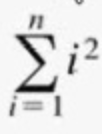
Summation Formula
n(n+1)(2n+1) / 6
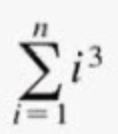
Summation Formula
n2(n+1)2 / 4
Let f be continuous on [a,b] and let n be an EVEN integer. ∫ba f(x) dx is:
∫ba f(x) dx ≈ b-a / 3n [ f(x0) + 4(f(x1)) + 2(f(x2) + 4(f(x3) + … + 4(f(xn-1) + f(xn)
Simpson’s Method
2π∫ba radius (f(x)) dx
Shell method formula
∫u dv = uv - ∫v du
Integration by Parts Formula
Trigonometric Integrals:
If the degree of a sinx is odd…
break one sinx off to save it for a “u” substitution
Trigonometric Integrals:
If the degree of a cosx is odd…
break off a cosx to save it for a substitution
Trigonometric Integrals:
When both the sinx and the cosx are even…
repeatedly use the properties:
sin2x = 1-cos2x / 2 and cos2x = 1+cos2x / 2
Trigonometric Integrals:
If the secx is even…
break off a sec2x to save for substitution
Trigonometric Integrals:
If tanx is odd…
break off both a secx and a tanx
Trigonometric Integrals:
When there is just a tanx…
break off a tan2x
Trigonometric Integrals:
If there is just an odd secx…
do an integration by parts
Trigonometric Integrals:
If a secx tanx problem can’t be solved…
try doing it in cosx sinx
Trigonometric Substitution
√a2-x2
x= asinu
Trigonometric Substitution
√a2+x2
x = atanu
Trigonometric Substitution
√x2-a2
x = asecu
How to solve a partial fractions problem
Factor the denominator
Split up the denominator into two (or more) fractions added together with A and B as the numerators
Multiply by a common denominator
Set that equal to the original numerator
Solve for A and B
Plug into integral and solve
Parametric Equations
dy/dx =
dy/dt / dx/dt
Parametric Equations
d2y/dx2 =
d/dt(dy/dt) / dx/dt
Parametric Equations
d3y/dx3 =
d/d(d2y/dx2) / dy/dt
∫abg(t)f’(t) dt
Parametric Equations
Area

Parametric Equations
Arc Length
|𝑣⃗| =
magnitude (length)
√a2+b2
i vector
<1,0>
j vector
<0,1>
limt→a< f(t), g(t) > =
< limt→af(t), limt→ag(t) >
𝑣⃗ ‘(t) =
< f’(t), g’(t) >
∫ab𝑣⃗ dt
< ∫ab f(t) dt, ∫ab g(t) dt
Speed in Vectors =
Magnitude
Polar to Rectangular
x= rcosθ
y=rsinθ
Rectangular to Polar
tanθ = y/x
r2 = x2 + y2
In Polar Coordinates
dy/dx =
(f’(θ) * sinθ + f(θ) * cosθ) / (f’(θ) * cosθ - f(θ) * sin*)
½ ∫ab (f(θ))2 dθ
f(θ) = r
Polar Coordinates
Area
∫ab √(f(θ))2 + (f’(θ))2
Polar Coordinates
Arc Length
2π ∫ab f(θ) * sinθ √(f(θ))2 + (f’(θ))2
Polar Coordinates
Surface Area when rotating about the polar (x) axis
2π ∫ab f(θ) * cosθ √(f(θ))2 + (f’(θ))2
Polar Coordinates
Surface Area when rotating about θ = π/2 (y axis)
∑∞n=0 a(r)n = a / 1-r as long as 0<r<1
Geometric Series
Test for Divergence
Do the limit test and the series is divergent if lim≠0
If f(x) is continuous, positive, and decreasing then ∑∞n=1 an is convergent if and only if ∫∞1 f(n) dn is convergent.
If it is divergent then the series is divergent.
Integral test
Any power greater than 1 is convergent.
Any power less than 1 is divergent
P-series test